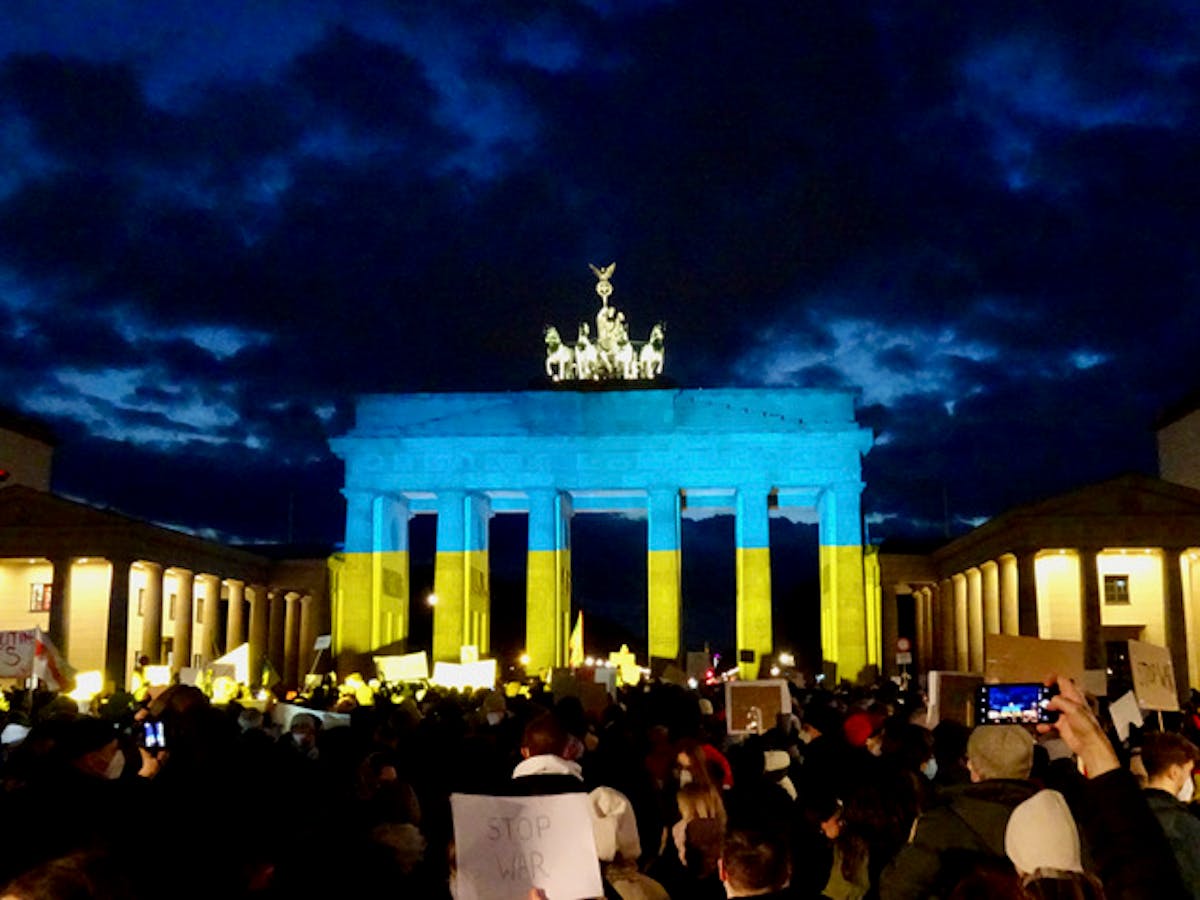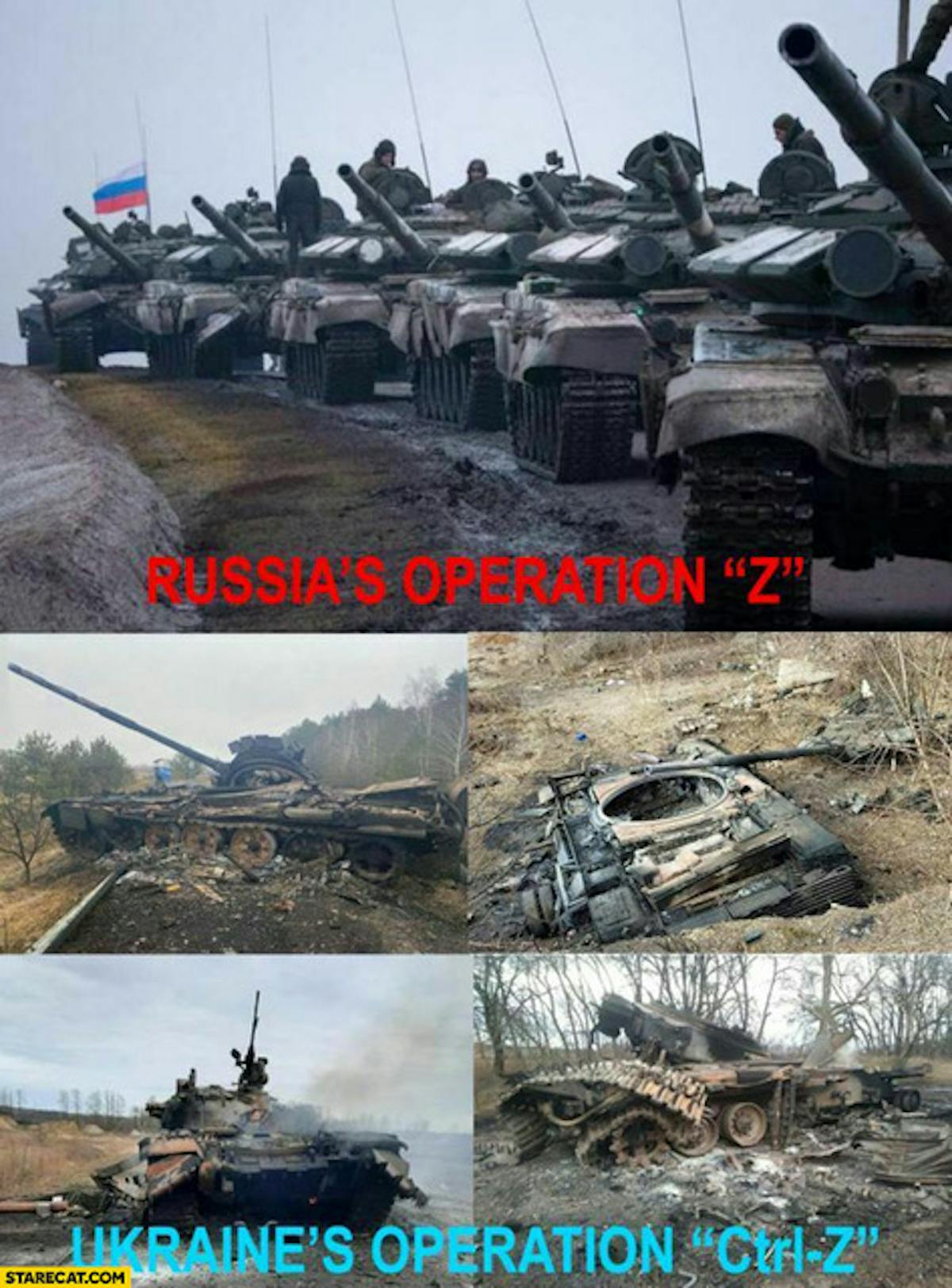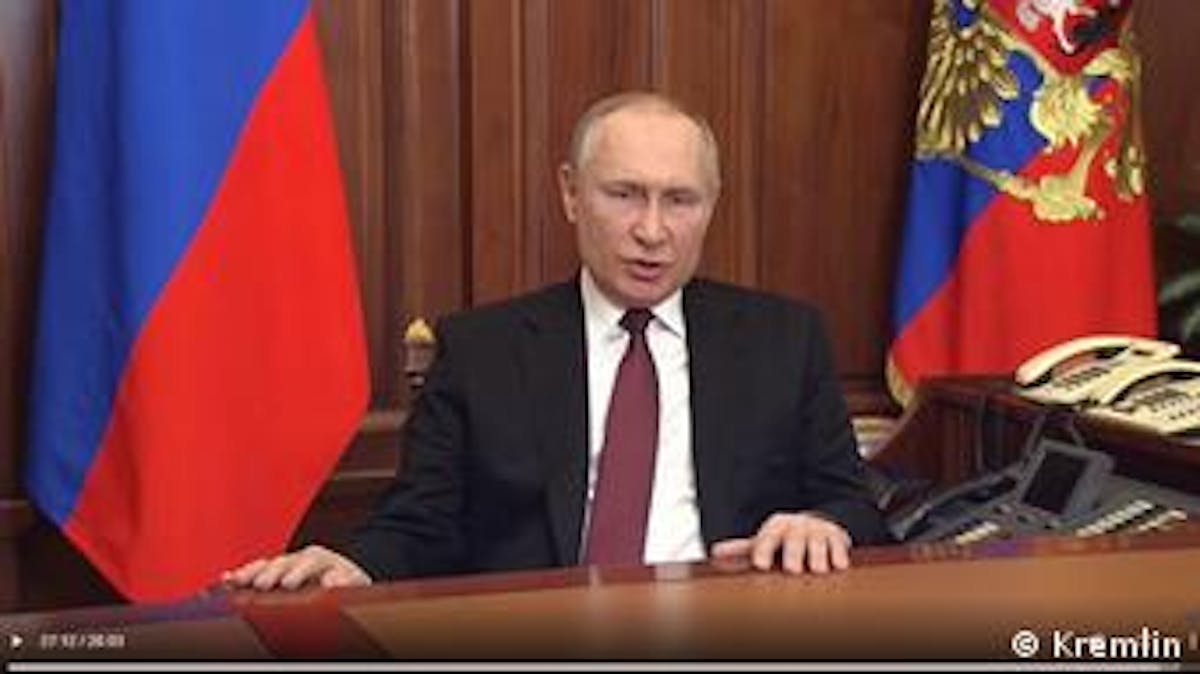Since World War II, we have witnessed an abundance of civil wars over issues that were rarely “black and white,” and often so complex as to require quite an effort to grasp who was fighting whom, and why. The civil war in Lebanon (1975–90) was a case in point. In contrast, the motivation for Russia’s attack on Ukraine is almost stunningly transparent. It is the attempt of an imperialist country, led by a ruthless dictator, to subdue its neighbor at any cost and—as evinced by the hospital bombings and mass rape, for example—with zero regard for the violation of human rights and international law. We may well have learned in kindergarten that “there are two sides to every conflict,” and that compromise is therefore the proper solution. But this is clearly not the case, here. So, if it sounds at times like I’m siding with Ukraine, then: because I am.







